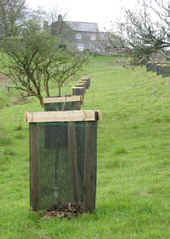
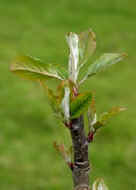


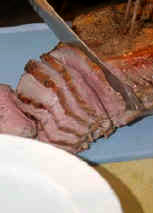
Haye Farm is situated close to the village of St Dominic and nestles in the Cornish bank of the River Tamar. It forms part of The National Trust's Cotehele Estate and its roots in agriculture and food production stretch back to before the Norman Conquest. The farm was run down with neglected buildings; water leaks were bursting here there and everywhere and we were welcomed into the house with a spread of chicken poo!
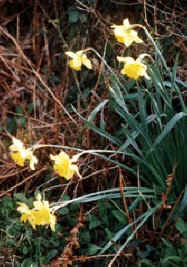 2000
and 2001 were particularly
wet and difficult years for
everyone involved in food and farming as Foot & Mouth disease hit the
country. We cracked on mending those water leaks and doing some jobs on the
draughty damp farmhouse making sure that that chicken poo was thoroughly
cleaned away.
2000
and 2001 were particularly
wet and difficult years for
everyone involved in food and farming as Foot & Mouth disease hit the
country. We cracked on mending those water leaks and doing some jobs on the
draughty damp farmhouse making sure that that chicken poo was thoroughly
cleaned away.
Haye...that looks good!
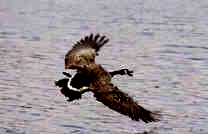
We had moved to Haye with the intention of farming organically and so registered with the Soil Association straight away and started our 2 year conversion, allowing the land to find its natural balance. No routine use of antibiotics or organo-phosphates can be used on the cattle or sheep nor is there any use of artificial insecticides and herbicides on the plants or fields. We also entered into The Countryside Stewardship Scheme which amongst other things allowed us to fence the holding making it stock proof, and create field margins to encourage wildlife.
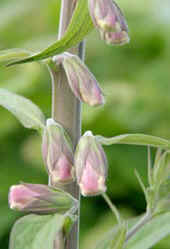
In 2003 we attained full organic status
and gained certification.
Soon we were rearing a flock of organic sheep and a
small herd of organic beef cattle. We also planted an organic apple
orchard including Discovery, Fortune, Kids Orange Red, Bramley and other varieties.
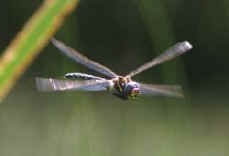
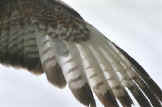
Its gently rolling fields meet the River Tamar at the "mash". Mash is the local term for an area of what was marshland, but is now a rich meadow where the cattle graze, bounded by river reeds, which in years gone by were the raw material for the local reed industry. As you can imagine, this important low-lying area of land is a haven for a multitude of water fowl, together with river mammals such as otters and voles, which have nested unperturbed since time immemorial. We hope to help protect this area by entering it into the Natural England HL Scheme. The Tamar is famous for its fine salmon and wild trout and at this point, the river is tidal, giving a wonderful ecological mix of flora, fauna and wildlife.
A space and time to pause and reflect on what nourishes our lives and to see and feel at first hand nature's art in practice.
